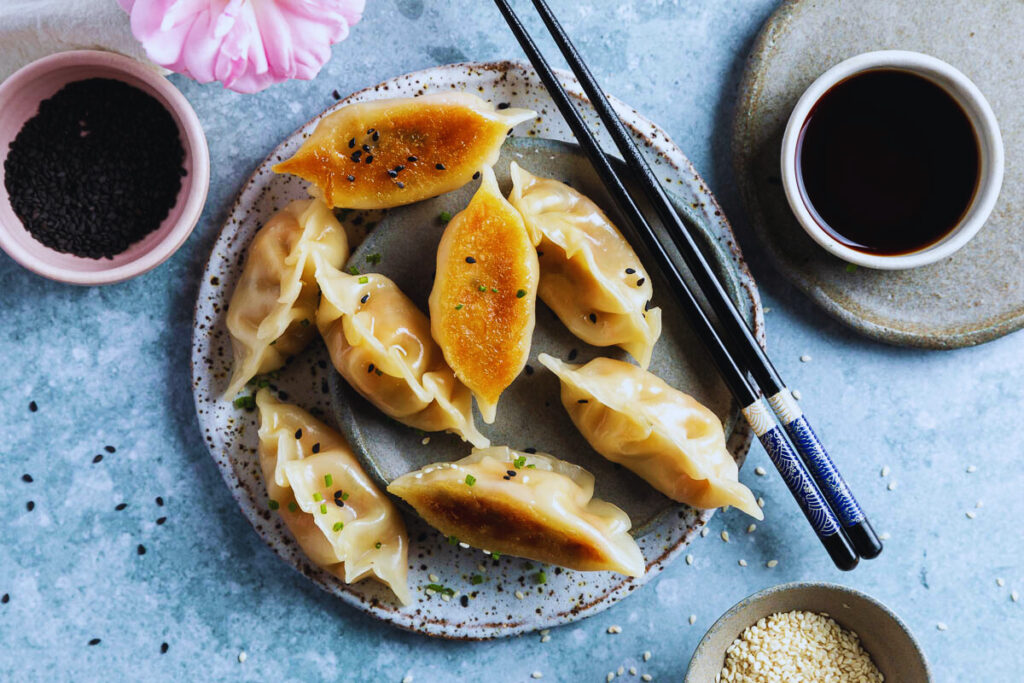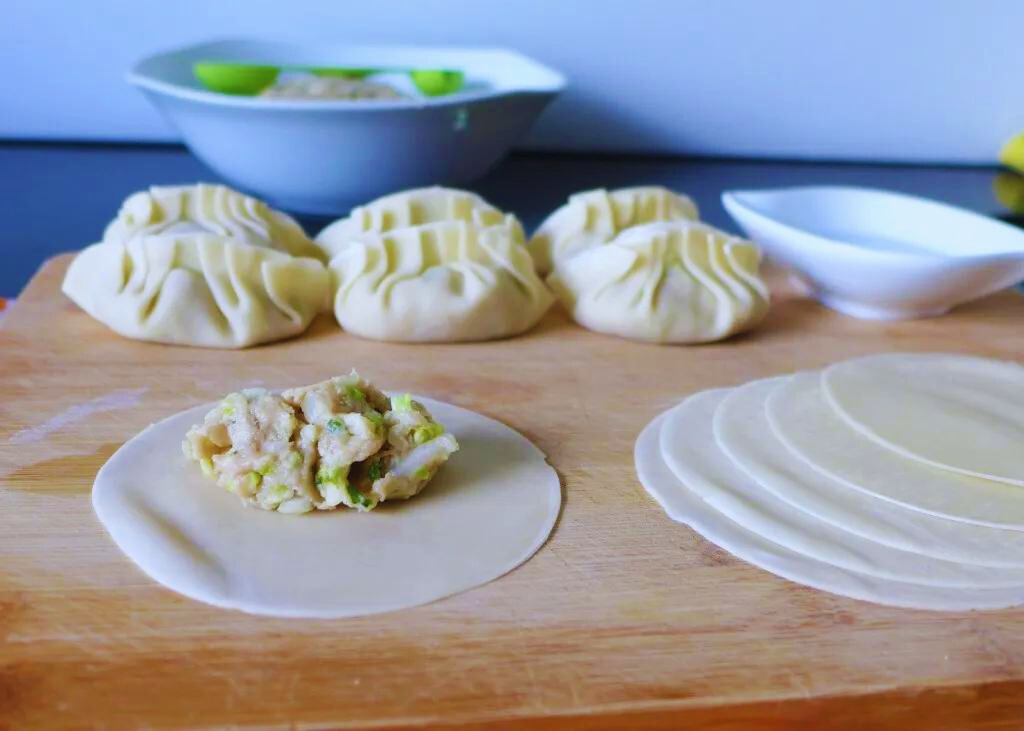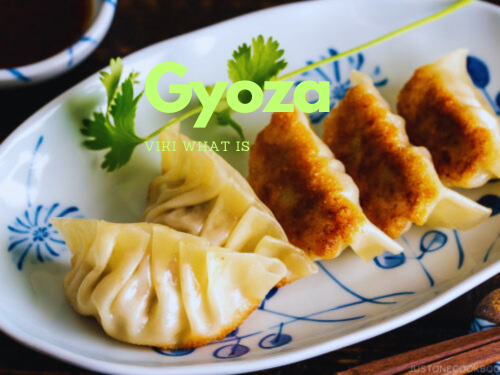Introduction
Gyoza, a mouthwatering Japanese delicacy, has gained popularity worldwide. These succulent dumplings, often filled with a delectable mixture of ground meat and vegetables, are not just a treat for your taste buds but also a feast for your ears when pronounced correctly. In this comprehensive guide, we will teach you how to pronounce “gyoza” flawlessly, ensuring you can confidently order and discuss these delightful morsels with friends and food enthusiasts.
How to Pronounce Gyoza: The Basics
Gyoza may seem like a tongue-twister, but with a little practice, you’ll master it effortlessly. Here’s how to pronounce “gyoza”:
- gyoza (gyo-za): Break it down into two syllables. Start with “gyo,” pronounced like “gee-yoh,” and then add “za,” pronounced as “zah.” It’s that simple!
The Art of Pronunciation

Pronouncing “gyoza” correctly not only showcases your appreciation for Japanese cuisine but also enhances your culinary experience. Imagine confidently ordering gyoza at your favorite Japanese restaurant, impressing both friends and servers with your precise pronunciation.
Mastering the Sound
To perfect the pronunciation, practice saying “gyoza” out loud. Repeat it until you feel comfortable with the sound. The more you practice, the more confident you’ll become in your pronunciation skills.
Gyoza: A Culinary Delight
Now that you’ve mastered the art of pronunciation, let’s delve deeper into the world of gyoza.
The Origin of Gyoza

Gyoza originated in China but gained immense popularity in Japan. These crescent-shaped dumplings are typically pan-fried to perfection, offering a delightful combination of crispy bottoms and tender, juicy fillings.
How to Enjoy Gyoza
- Savor the Flavor: Gyoza fillings often include pork, shrimp, or vegetables. Each bite bursts with a harmonious blend of savory, umami flavors.
- Dipping Sauce: Dip your gyoza in a mixture of soy sauce and vinegar for an extra burst of taste.
- Pairing: Gyoza pairs perfectly with a bowl of steaming miso soup or a refreshing green salad.
Conclusion
Congratulations! You’ve learned how to pronounce “gyoza” like a pro and gained insights into the delightful world of these Japanese dumplings. Now, when you visit your favorite Japanese restaurant, you can confidently order and discuss gyoza with ease. Enjoy your culinary journey, and remember, practice makes perfect!
Read also: How to Pronounce Nonchalant: A Guide to Effortless Elocution
Absolutely! Gyoza can be frozen for later enjoyment. Just ensure they are properly sealed to prevent freezer burn.
While gyoza can be part of a balanced diet, they are typically pan-fried, which can increase calorie content. Opt for steamed gyoza for a healthier alternative.
Gyoza and potstickers are essentially the same dish, with minor variations in filling and cooking methods. Both are delicious!
Certainly! Homemade gyoza allows you to customize the fillings to your liking. There are plenty of recipes available online to guide you.
Gyoza and dumplings share similarities, but gyoza typically have a thinner skin and a unique flavor profile.
There are various folding techniques, but the most common is the “half-moon” fold, which is easy to master.




